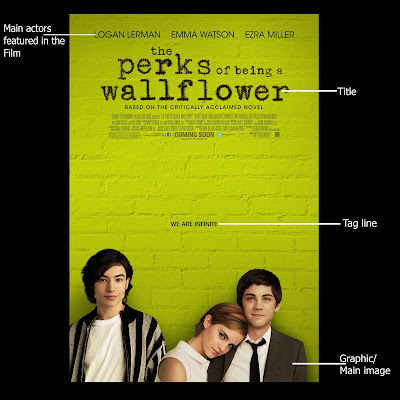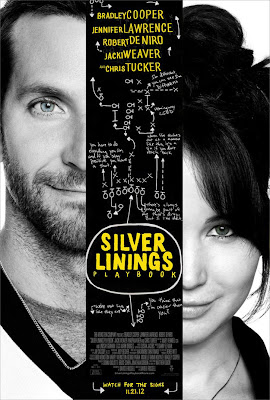Well, today was thefirst shoot of our film and as frightened
and nervous we were for carrying it out; it thankfully didn’t go that bad- in
terms of difficulty, I mean of course.
We had decided to shoot Scene 1 and Scene 5 first since the
location and actors were both present at school. Beginning with scene 5, it involved a
180degree shot, so Mahnoor and I wanted both the actors to be there at the same
time. Also because we believed that the presence of both actors for each other
would help them act out their emotions and dialogues in a way that would seem
real, perhaps. However, unfortunately,
this didn’t turn out to be possible because Hamza Khan, the actor playing our
lead character, Ali Hamza Mahmood in
his adult stage, was unable to make it on time. Therefore, since we did not have
enough time due to permission issues for shooting in the office as, we had to
being without him Sir Waqas.
The easy part of shooting this scene was that we had
practiced the shot earlier with a few friends, therefore had a clear cut idea
of what we had to do and how we had to shoot it. The main problem, however, was
making Sir Waqas, playing the role of colleague,
act out his scene. After countless times of taking turns to act out Ali Hamza’s dialogues with him, Mahnoor
and I were finally able to get the correct shots with no mistakes in them. This
is why we badly wanted for both the actors to be there! But, nonetheless, on
the brighter side, Hamza was a pretty good actor; we directed him turn by turn
for each shot and he did them perfectly in just the first take. Well, mostly.
Checking the placements for camera for
180degree shot before the actors arrived
Office where the scene was shot.
We taped a piece of chart paper on the monitor
to reflect some light on protagonist's face.
As for shooting scene 1, it involved just one axial shot. Though technical, we were able to get it right in the second take since that too we had practiced earlier.
The next scene that we’ve planned to shoot now is Scene 4 since it involves a lot of technicalities and complexities; we therefore want to get done with it first.























+copy.jpg)
